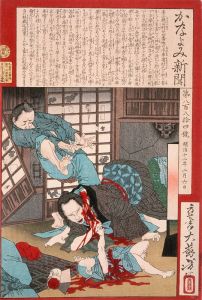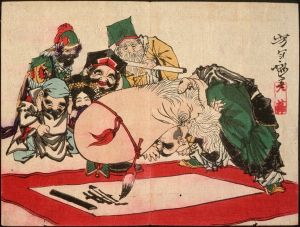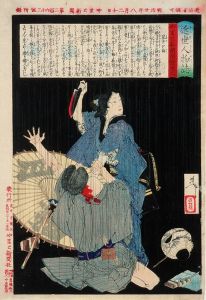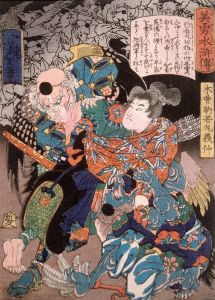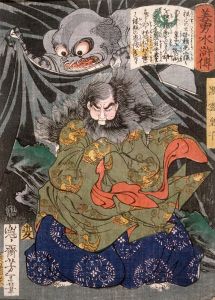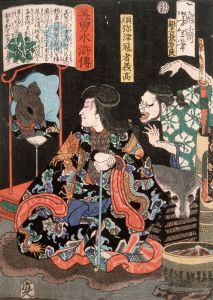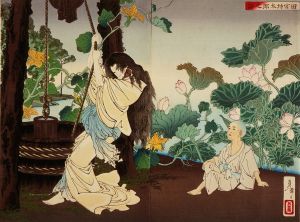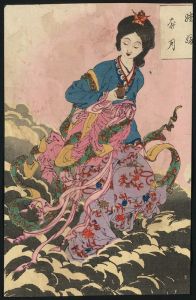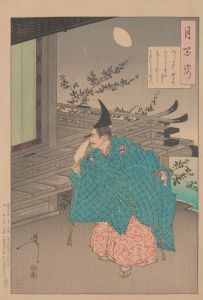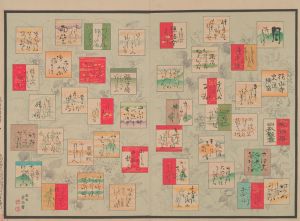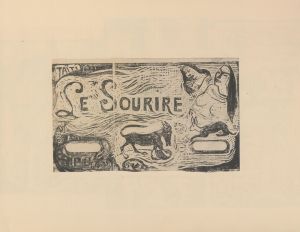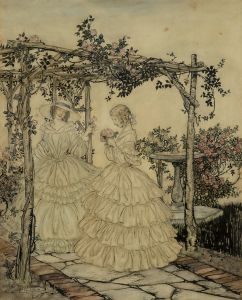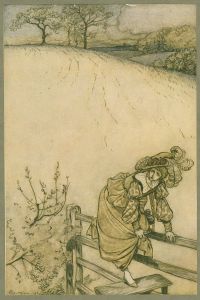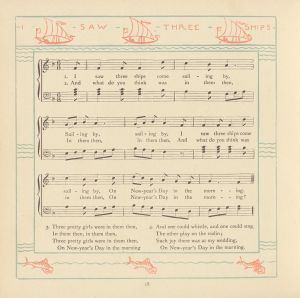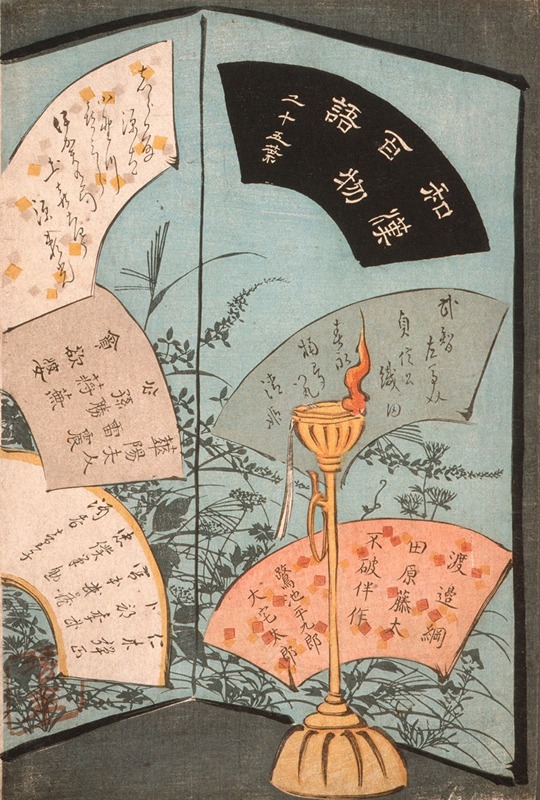
Title page
A hand-painted replica of Tsukioka Yoshitoshi’s masterpiece Title page, meticulously crafted by professional artists to capture the true essence of the original. Each piece is created with museum-quality canvas and rare mineral pigments, carefully painted by experienced artists with delicate brushstrokes and rich, layered colors to perfectly recreate the texture of the original artwork. Unlike machine-printed reproductions, this hand-painted version brings the painting to life, infused with the artist’s emotions and skill in every stroke. Whether for personal collection or home decoration, it instantly elevates the artistic atmosphere of any space.
Tsukioka Yoshitoshi (1839–1892) was a renowned Japanese artist, known for his work in the ukiyo-e genre of woodblock printing and painting. He is often regarded as the last great master of this traditional Japanese art form. Yoshitoshi's career spanned a period of significant change in Japan, as the country transitioned from the Edo period to the Meiji era, which brought about rapid modernization and Western influence. Despite these changes, Yoshitoshi remained dedicated to the ukiyo-e style, and his work is celebrated for its innovative compositions and emotional depth.
One of Yoshitoshi's notable works is the "Title page" illustration, which is part of his larger body of work. While specific details about the "Title page" itself are limited, it is representative of Yoshitoshi's broader artistic themes and techniques. Yoshitoshi's art often depicted historical scenes, kabuki actors, beautiful women (bijin-ga), and supernatural themes. He was particularly known for his series "One Hundred Aspects of the Moon" and "Thirty-Six Ghosts," which showcased his ability to blend traditional Japanese themes with a modern sensibility.
Yoshitoshi's work is characterized by its dynamic use of color, intricate line work, and dramatic compositions. He was adept at capturing the nuances of human emotion and the complexities of his subjects, whether they were historical figures, mythological beings, or ordinary people. His prints often conveyed a sense of movement and energy, drawing the viewer into the scene.
Throughout his career, Yoshitoshi faced numerous challenges, including financial difficulties and mental health struggles. Despite these obstacles, he continued to produce art that resonated with audiences and influenced future generations of artists. His dedication to his craft and his ability to adapt to changing times ensured his place in the history of Japanese art.
Yoshitoshi's legacy is evident in the continued appreciation and study of his work. His prints are held in high regard by collectors and are featured in museums around the world. They offer a window into a pivotal time in Japanese history and culture, reflecting both the traditional and the modern aspects of the era.
In summary, while specific information about the "Title page" by Tsukioka Yoshitoshi is limited, it is part of the artist's broader oeuvre that exemplifies his mastery of the ukiyo-e style. Yoshitoshi's work remains a testament to his skill and creativity, capturing the essence of a changing Japan while preserving the beauty and intricacy of traditional Japanese art.





